Olive Young - Ulsan Onsan Branch [Tax Refund Shop] (올리브영 울산온산점)
.0M 2024-06-26
251, Deoksin-ro, Onsan-eup, Ulju-gun, Ulsan
-
Oegosan Onggi Village (외고산옹기마을)
2.6Km 2025-03-28
36, Oegosan 3-gil, Ulju-gun, Ulsan
+82-52-237-7894
* Please be advised that this is located in one of the areas affected by the recent wildfire (as of March 27, 2025).
** For real-time wildfire information and emergency upates, visit the Korea Forestfire Information website and the National Disaster and Safety Portal.
Oegosan Onggi Village was established when earthenware master Heo Deok-man settled in the area in 1975. The village today showcases a massive collection of various earthenware products, which creates a unique sight. Over 50% of the country's earthenware products are crafted at this village. The village also features several attractions for visitors to enjoy, such as the Ulsan Onggi Museum, which houses the largest earthenware pottery recognized by the Guinness Book of World Records; and the annual Ulsan Onggi Festival, with many diverse activity programs.
Onggigol Ceramics (옹기골도예)
2.6Km 2025-03-28
18 Oegosan-gil, Ulju-gun, Ulsan
* Please be advised that this is located in one of the areas affected by the recent wildfire (as of March 27, 2025).
** For real-time wildfire information and emergency upates, visit the Korea Forestfire Information website and the National Disaster and Safety Portal.
Onggi Ceramics is the workshop of Heo Jin-gyu, a master onggi craftsman, and is located in Onggi Village in Ulsan, home to the largest production of onggi in the nation. Visitors can browse the items as well as purchase anything that piques their interest. The workshop also offers a range of exerience programs related to onggi, although advanced reservations are required to participate.
Ulsan Onggi Festival (울산옹기축제)
2.6Km 2025-07-11
36 Oegosan 3-gil, Onyang-eup, Ulju-gun, Ulsan
+82-52-980-2233
Ulsan Onggi Festival is held annually in early May in Oegosan Onggi Village in Ulju-gun, renowned for its traditional onggi (earthenware)-making techniques. The festival promotes the regional specialty, onggi, contributing to the spread of everyday onggi and the development of traditional industries. The main event, “Touch of the Onggi Master,” features demonstrations by master onggi artisans from Oegosan. There are various hands-on activities for children, including stepping on clay, playing with clay, and making and firing onggi. Visitors can also learn about the uses of onggi in food storage and fermentation, and view onggi from around the world. Don’t miss the opportunity to taste local specialties and foods from Ulju.
◎ Onggi
Onggi is a type of bowl crafted from soil, using water, fire, and wind. This traditional pottery has been produced since the Three Kingdoms period and is well-suited for long-term food storage due to its excellent ventilation and preservative capabilities.
Cheoyongam (처용암)
5.2Km 2020-02-05
Hwangseong-dong, Nam-gu, Ulsan
+82-52-229-6350
Cheoyongam is a very small rocky island sitting in the middle of Gaeunpo Inlet in front of Saejuk Village in Hwangseong-dong, Nam-gu, Ulsan.
It is a historic islet related to the famous folktale of Cheoyong. The tale is about a dragon that emerged from the east sea along with his seven sons at the end of the Silla Kingdom (57BC - 935AD). One of the dragon’s sons named Cheoyong came to the capital and married a beautiful woman. One night, he found an evil spirit trying to attack his wife so he sang and danced, whereupon the spirit presented itself and kneeled in apology. Since then, people have used the image of Cheoyong to dispel evil spirits.
The dance that Cheoyong is said to have performed has been titled Cheoyongmu and has been designated as an Important Intangible Cultural Property. Cheoyongam is the sacred rock where the dragon in the tale is said to have appeared. There are many attractions nearby including Mokdo Island (Natural Monument No. 65), which offers magnificent lush greenery all year round.
Seosaengpo Waeseong Fortress (서생포왜성)
6.0Km 2020-02-05
Seosaeng-ri, Seosaeng-myeon, Ulju-gun, Ulsan-si
+82-52-204-0324
Seosaengpo Waeseong Fortress
(Seosaengpo Japanese Fortress) is a stone fortress typical
of the Japanese style popular in the later part of the 16th century. It was built under the leadership of Japanese General Kato Kiyomasa in
1592-1593 at the beginning of the Imjinwaeran War (Japanese invasion, 1592-1598). The main fortress is located on a mountaintop 200 meters above
sea level, a second fortress is halfway down the mountain, and a third fortress is
located at the bottom of the mountain. The whole fortress is rectangular shaped. The fortress wall is 6 meters high and slants at an angle of 15 degrees.
In 1594, a Buddhist monk named Samyeong-daesa came to Seosaengpo Waeseong Fortress four times to negotiate for peace, but he failed each time. In 1598, the fortress was taken over
by Korea with the assistance of General Magwi of the Ming dynasty. A year later, Changpyodang Shrine was built in honor of 53 Koreans
who died during battles against the Japanese invading forces. However, the shrine was destroyed during the Japanese imperialism period and no
trace of it remains. It is possible to tell from Seosaengpo Jinseongdo (a map drawn up in 1872) that the fortress was also partially used by Korean forces.
Myeongseondo Island (명선도)
6.3Km 2024-10-14
Jinha-ri, Seosaeng-myeon, Ulju-gun, Ulsan
Myeongseondo Island is an uninhabited island near Jinha Beach in Ulju-gun, Ulsan. The island takes on a vibrant appearance after the sun sets, with various media art displays lighting up the pathways. The island is accessible via a temporary bridge set up during the admission times.
Jinha Beach (진하 해수욕장)
6.5Km 2024-12-03
Jinhari, Seosaeng-myeon, Ulju-gun, Ulsan
+82-52-204-0351~4
◎ Travel information to meet Hallyu’s charm - TV series"See You in My 19th Life"
This is the beach that Seo-ha and Do-yoon, Ji-eum and Cho-won walked side-by-side. Jinha Beach is one of the most popular summer getaways in Ulsan when the blue sea, evergreen pine trees, and the Myeongseondo Island to the distance create together a breathtaking view. It is also a popular destination at night because Myeongseondo Island is illuminated with lights and media art pieces like tigers and waterfalls.
Naewonam Hermitage (Ulsan) (내원암 (울산))
7.9Km 2025-03-28
382, Daeunsangdae-gil, Onyang-eup, Ulju-gun, Ulsan
+82-52-238-5088
* Please be advised that this is located in one of the areas affected by the recent wildfire (as of March 27, 2025).
** For real-time wildfire information and emergency upates, visit the Korea Forestfire Information website and the National Disaster and Safety Portal.
Naewonam Hermitage is located on Daeunsan Mountain in Ulsan. Daewonsa, the once head temple of this hermitage, was located at the entrance to the complex, but only the remains exist today. The valley around the hermitage is famous for its clean and clear waters. The 500-year-old nettle tree within the hermitage grounds catches the eye for resembling an elephant. An annual music concert performed by Buddhist monks from Ulsan City takes place at Naewonam Hermitage.
National Center for Forest Therapy, Daeunsan (국립대운산치유의숲)
8.1Km 2025-09-03
225-92 Daeunsangdae-gil, Onyang-eup, Ulju-gun, Ulsan
052-237-8600
* Please be advised that this is located in one of the areas affected by the recent wildfire (as of March 27, 2025).
** For real-time wildfire information and emergency upates, visit the Korea Forestfire Information website and the National Disaster and Safety Portal.
The National Center for Forest Therapy, Daeunsan is a forest-themed well-being facility designed to boost one's immunity and promote health by leveraging various elements of the forest, including landscapes and scents. Created in the beautiful Daeunsan Forest Valley, this forest therapy center features the Grass Scent Trail, Wind Therapy Trail, and Premium Forest Trail, where various forest therapy activities are offered.

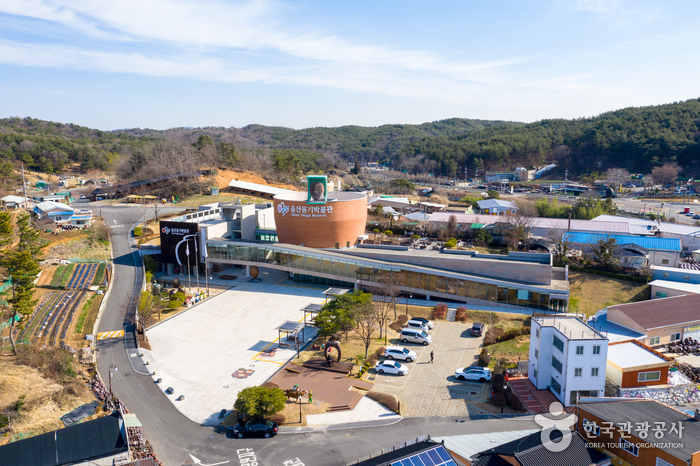
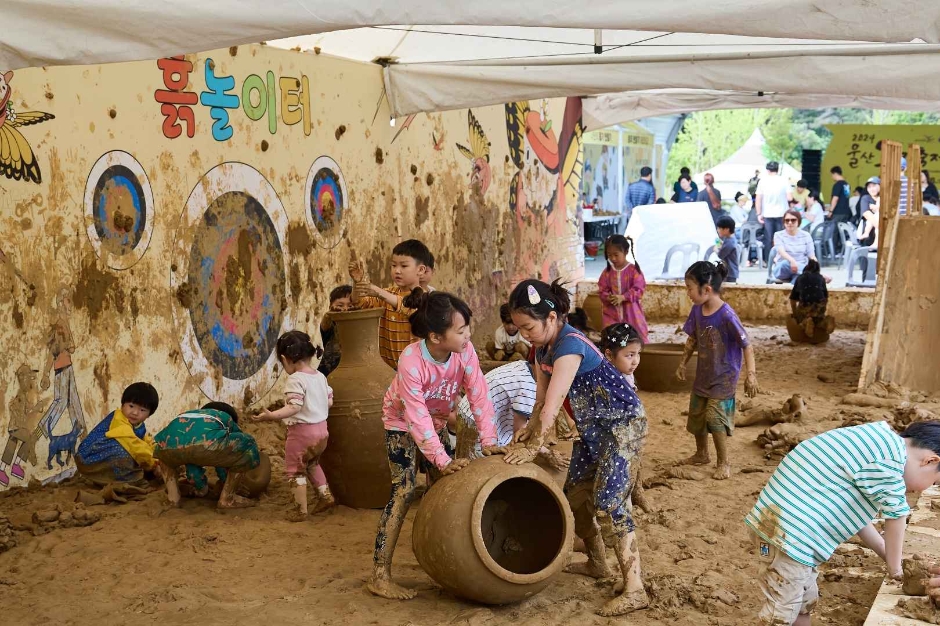
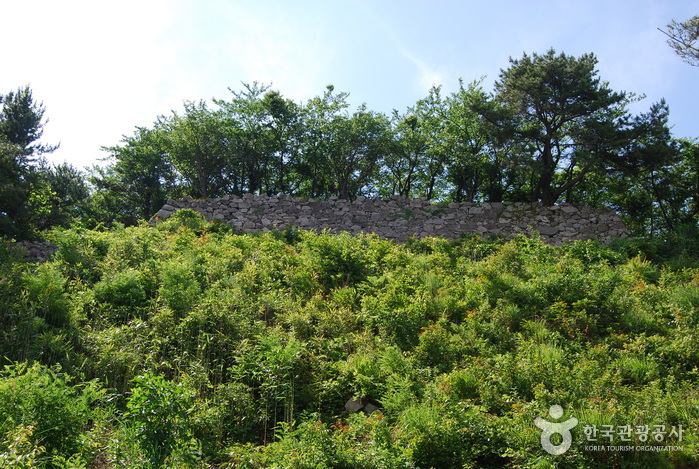
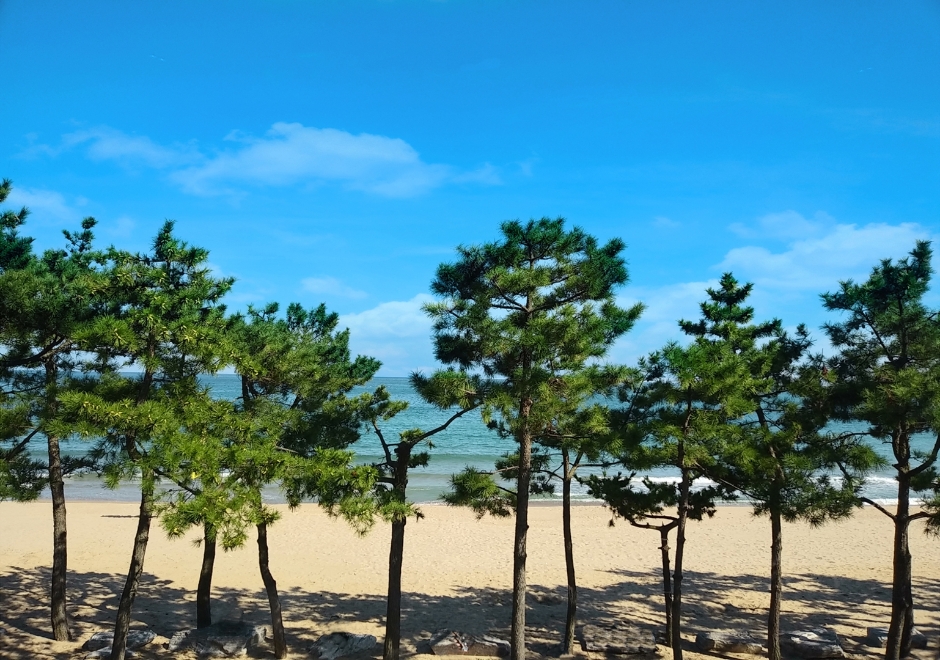
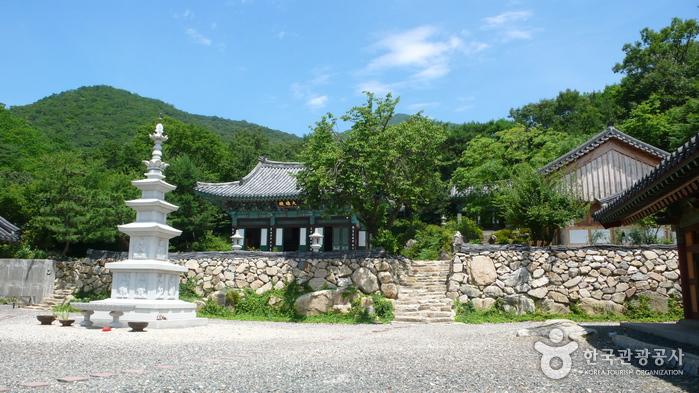
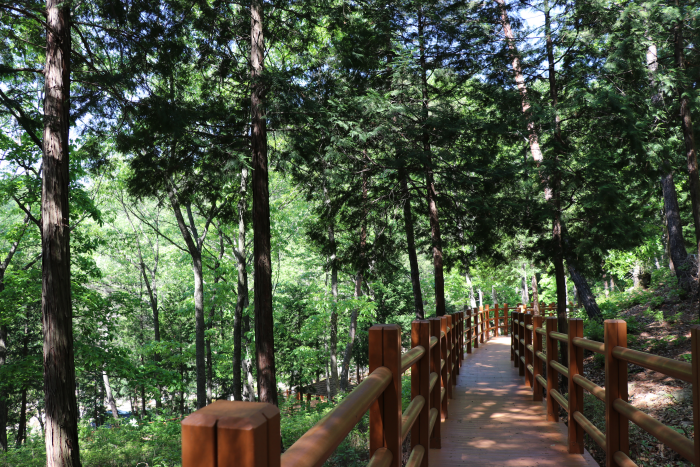
 English
English
 한국어
한국어 日本語
日本語 中文(简体)
中文(简体) Deutsch
Deutsch Français
Français Español
Español Русский
Русский